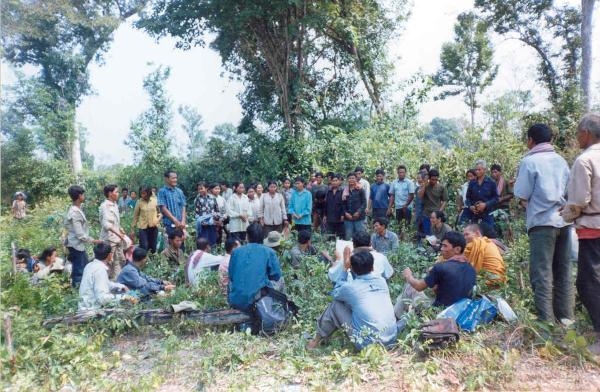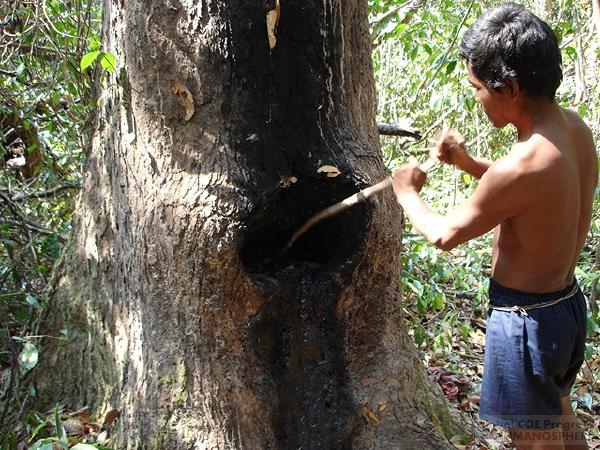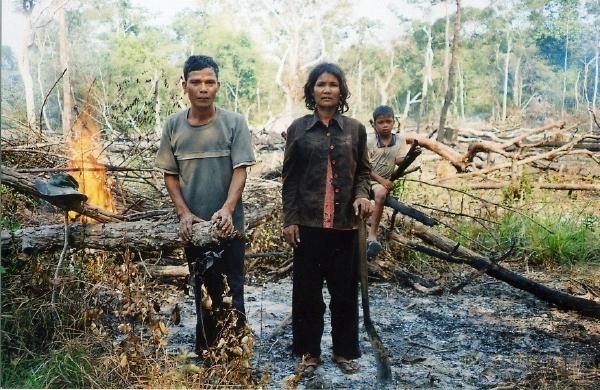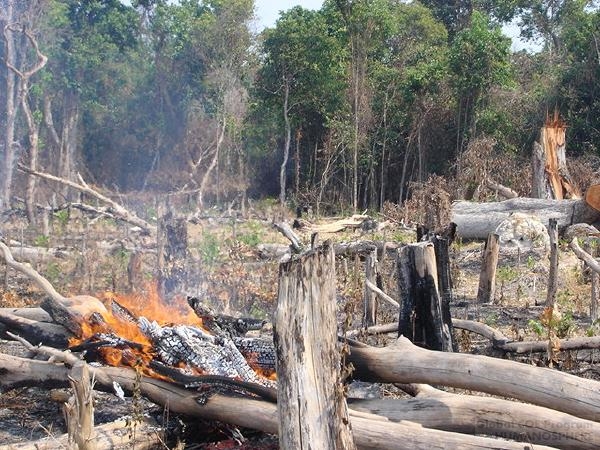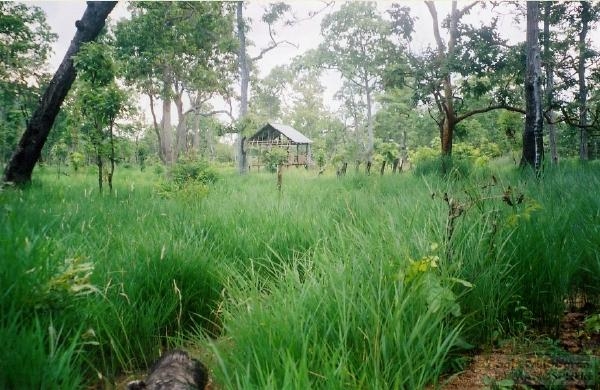Indigenous Natural Resource Management
KIM SOBEN, Royal University of Agriculture
Indigenous peoples of Cambodia have their own traditional concepts and principles of natural resource management systems, which are still being practiced today. Some communities have adapted the system with the changes that has been brought about by statutory laws and policies, as well as the growing change within indigenous societies. Indigenous communities still maintain clear territorial boundaries between community lands and community members do not allow strangers to use community land, although any individual may hunt on the territory of other villages. For example, people from highland villages in Ratanakiri do not allow rotational agricultural farms of other villages to be established within their territory. Indigenous peoples in Mondolkiri Province or other provinces however do allow other villagers to use their land for rotational agriculture and to collect products from their community forest but anyone using neighboring land in this manner would need to get prior permission from the traditional village leader. In most cases however, families have enough resources from their own land or around their own village. If inter-marriage occurs, and the couple has no land, they can approach the village elders or their relatives to request for their own plot. The couple are normally allowed to collect non-timber resources for their own use without getting the permission from the village elder.
Traditionally, the land is owned by the community but each family has access to resources and to their own plot of land. This arrangement is governed by a group of elders. Each community has clear boundaries associated with a stream, mountain, rock or big tree. Farm lands are divided and demarcated and encroachment on other peoples' farms is not allowed. Traditionally, people from different villages are not allowed to draw water from a given pool if one village has been granted rights over that pool. Communities also used to relocate their settlement and farming when they were confronted with diseases or disasters or when the population became too big.
